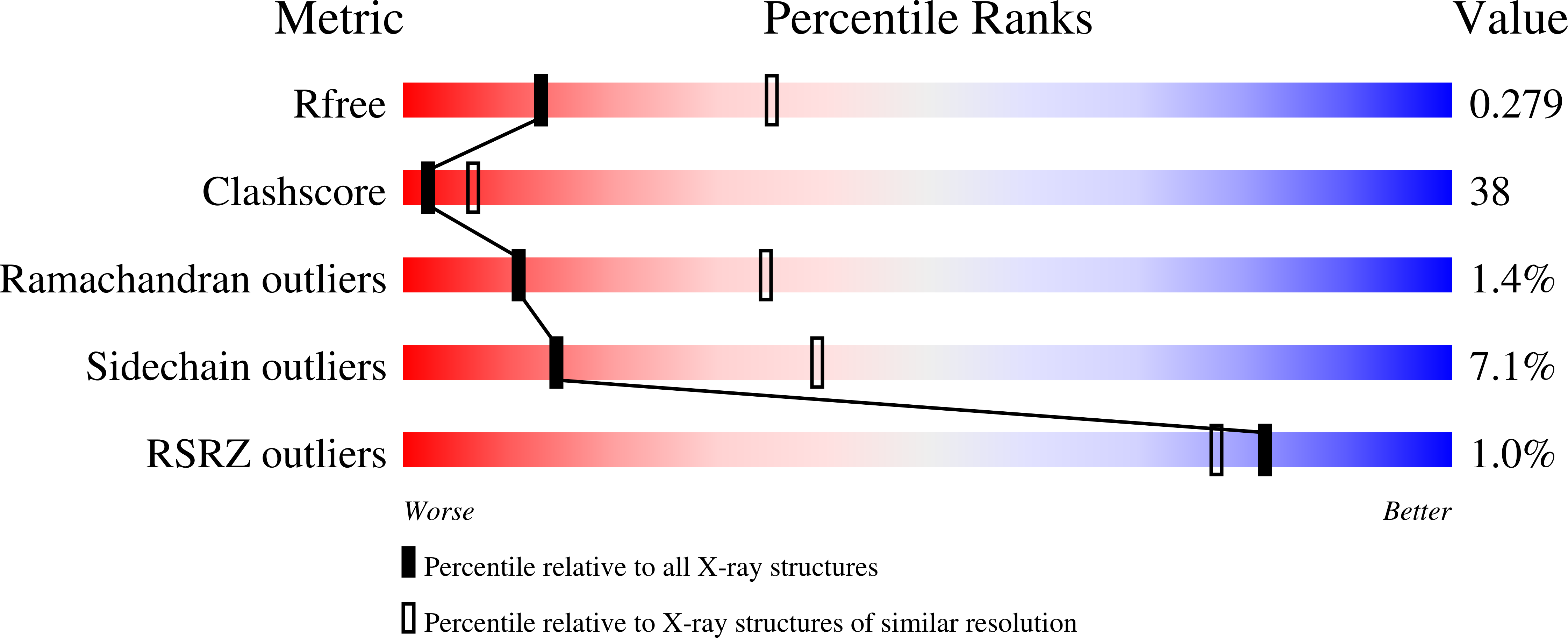
Deposition Date
2006-07-20
Release Date
2007-01-09
Last Version Date
2024-02-14
Entry Detail
Biological Source:
Source Organism:
Thermotoga maritima (Taxon ID: 2336)
Host Organism:
Method Details:
Experimental Method:
Resolution:
2.80 Å
R-Value Free:
0.28
R-Value Work:
0.18
R-Value Observed:
0.18
Space Group:
P 21 21 21


